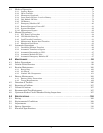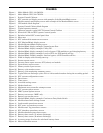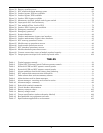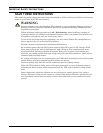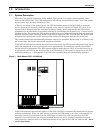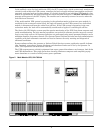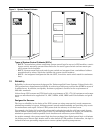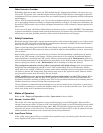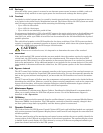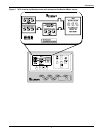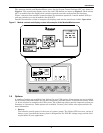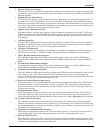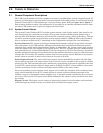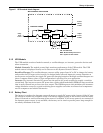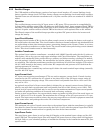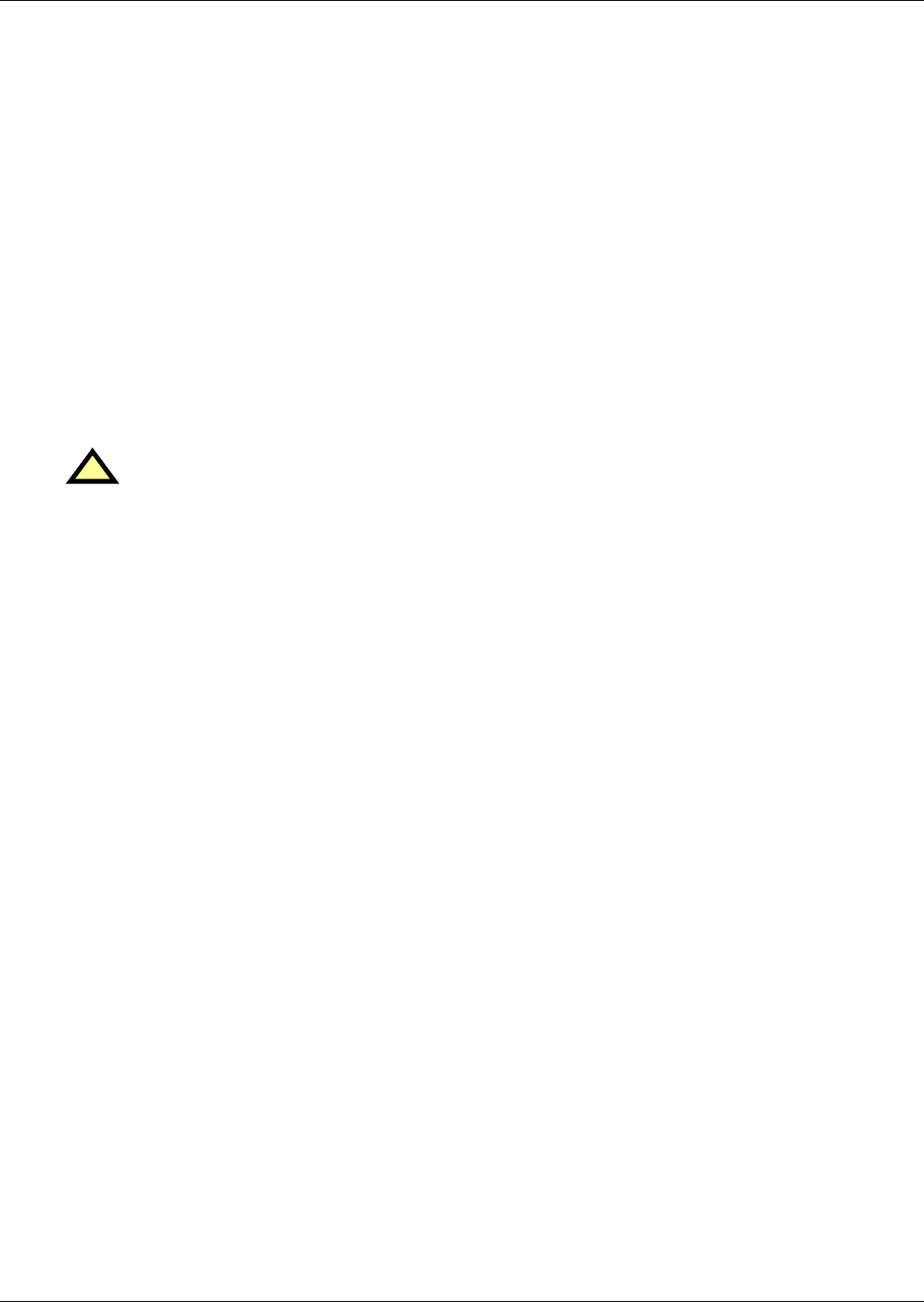
Introduction
6
1.4.3 Recharge
After the utility source power is restored or an alternate power source becomes available, each recti-
fier/charger slowly walks-in to once again power the inverters and recharge the battery plant.
1.4.4 Overload
Overloads in critical systems may be caused by inrush currents during connected equipment start-up
or by faults in the critical load or distribution network. The Liebert Series 610 UPS system can main-
tain full output voltage regulation while sustaining the following overloads:
• Up to 150% for 30 seconds
• Up to 125% for 10 minutes
• Up to 104% for an indefinite period of time
For momentary faults above 155% of rated SCC current, the static switch turns on for 40 milliseconds
to supply power from the bypass source. Up to 1000% of the rated current can be supplied for less
than one cycle, while up to 500% of rated load can be sustained for the full 40 milliseconds of pulsed-
parallel operation.
The critical load remains on the UPS modules for the above conditions. If the UPS system overload
capacity is exceeded, an automatic transfer to bypass is initiated, which closes the system bypass cir-
cuit breaker (SBB) and opens the UPS output circuit breaker.
1.4.5 Redundant
If the multi-module UPS system includes one more module than the number required to supply the
critical load, the UPS system can operate in the redundant mode. This means that the load will
remain on the UPS system if one of the modules is disconnected because of an overload, an internal
fault or for maintenance. If the additional module is not included in the system design or if the addi-
tional module is disconnected from the critical bus, the UPS system operates in the non-redundant
mode.
1.4.6 Bypass—Internal
The SCC control logic initiates an automatic transfer to the bypass source if the overload-current-ver-
sus-time curve is exceeded or if specified UPS system faults occur. You can also manually transfer the
load to the bypass (without interruption) if you must take the UPS module out of service for mainte-
nance.
The SCC internal bypass will allow most key components and operating modes to be checked without
disturbing the critical bus. However, certain key power-carrying components, such as the output and
bypass circuit breakers, will require isolation through an external maintenance bypass cabinet or
complete system shutdown to maintain 100% critical load operation.
1.4.7 Maintenance Bypass
The installation of a Maintenance Bypass Cabinet, Panelboard or Switchboard is recommended to
allow you to totally isolate the UPS from all power sources. Use of the Maintenance Bypass is
described in 3.0 - Operation.
1.4.8 Off-Battery
The battery plant can be disconnected from the rectifier/charger by using an external Module Battery
Disconnect (MBD) circuit breaker. The UPS module continues to function normally, though it does
not have power outage back-up capability until the battery plant is reconnected.
1.5 Operator Controls
The Liebert Series 610 UPS System Control Cabinet (SCC) and each individual module are equipped
with a microprocessor-based Operator Display Screen and Control Panel designed for convenient and
reliable operation.
The front panel location of the monitoring and control system enables the user to quickly identify the
current status of the UPS and to perform most of the manual operations. The operator display screen
(a backlit liquid crystal display or LCD) is driven by an easy-to-follow menu-prompted software pro-
gram that controls and monitors the UPS system.
!
CAUTION
Whenever an overload occurs, it is imperative to determine the cause of the overload.



